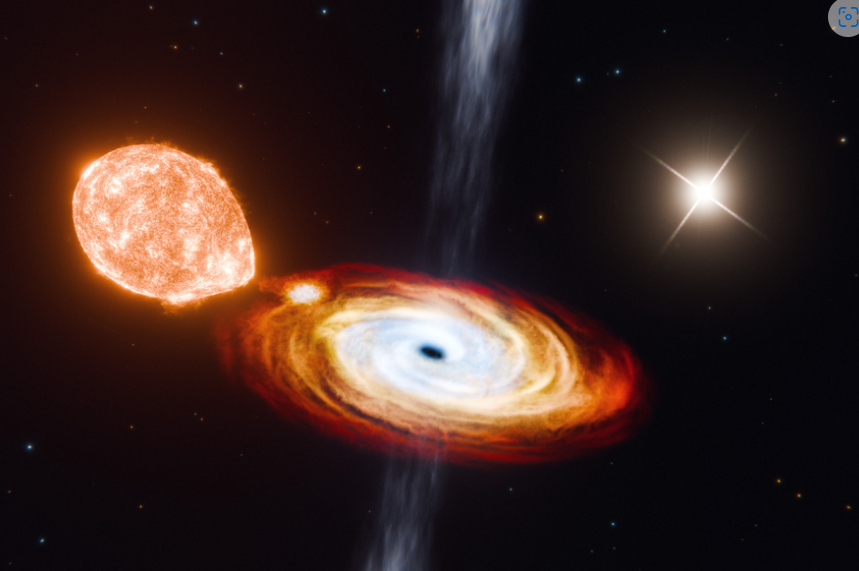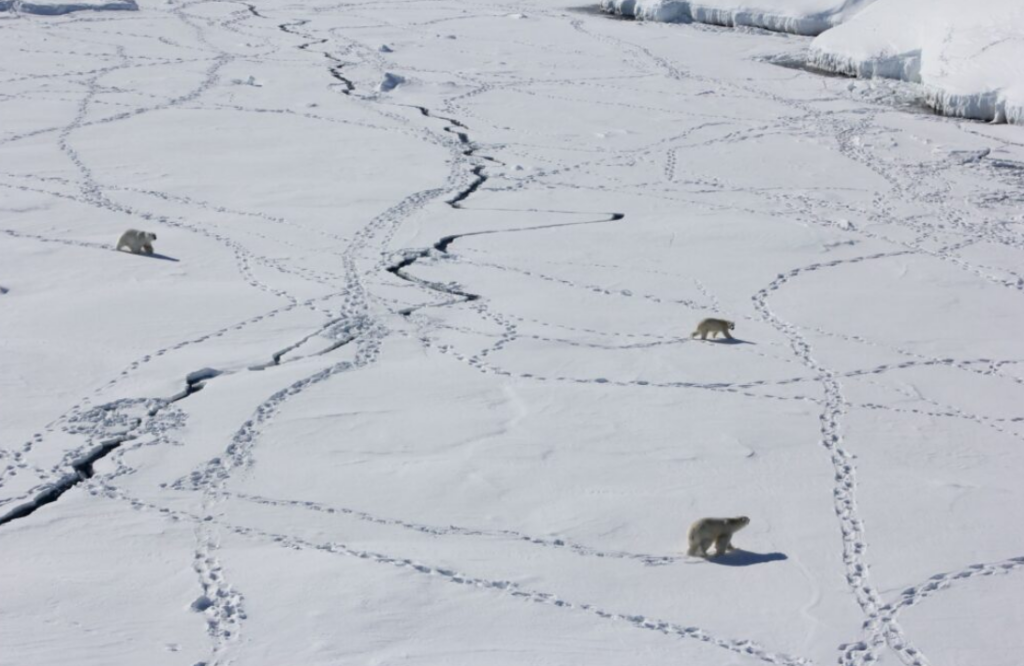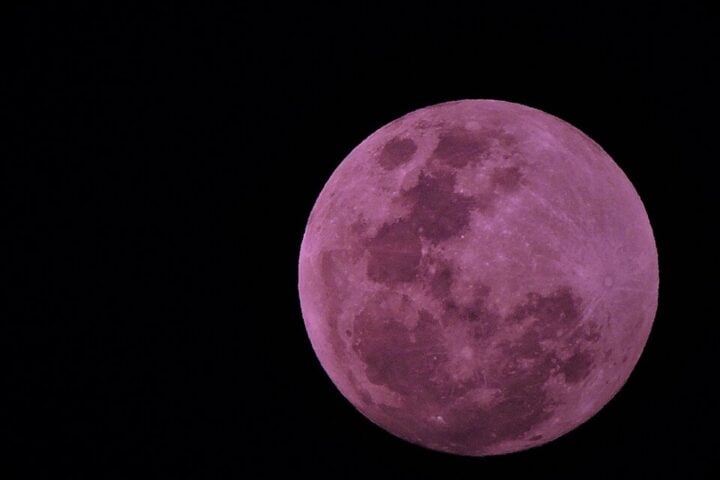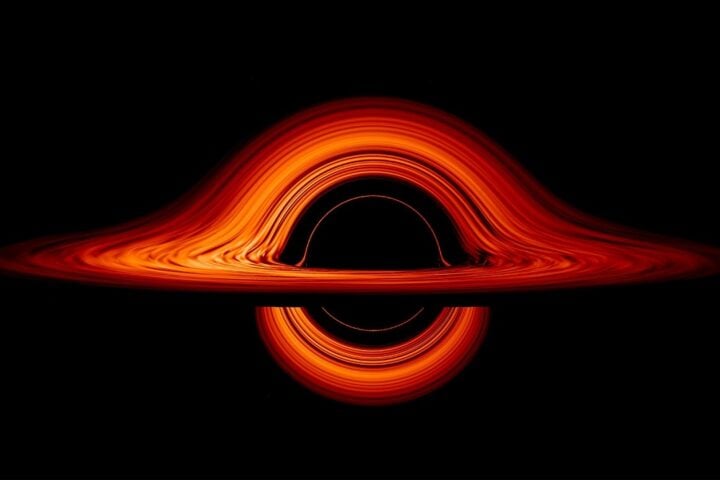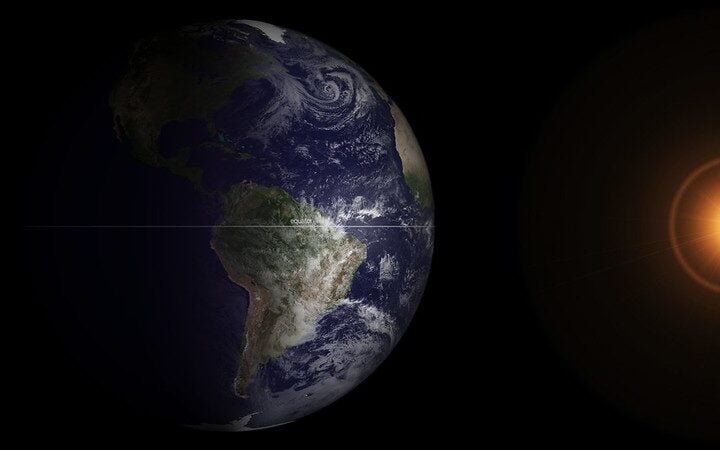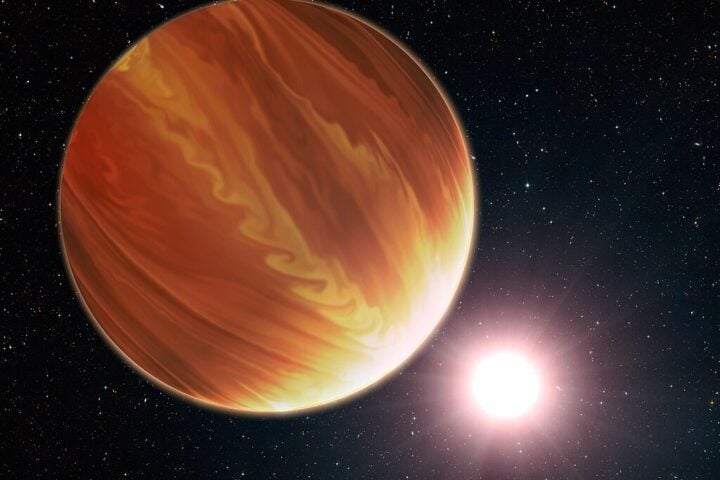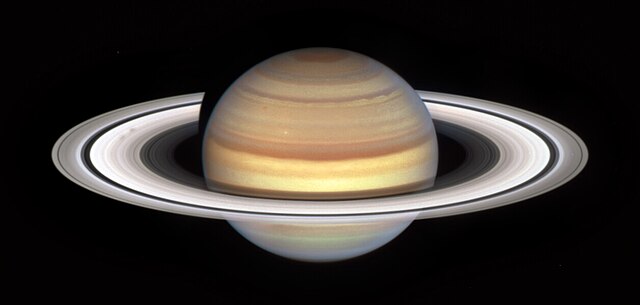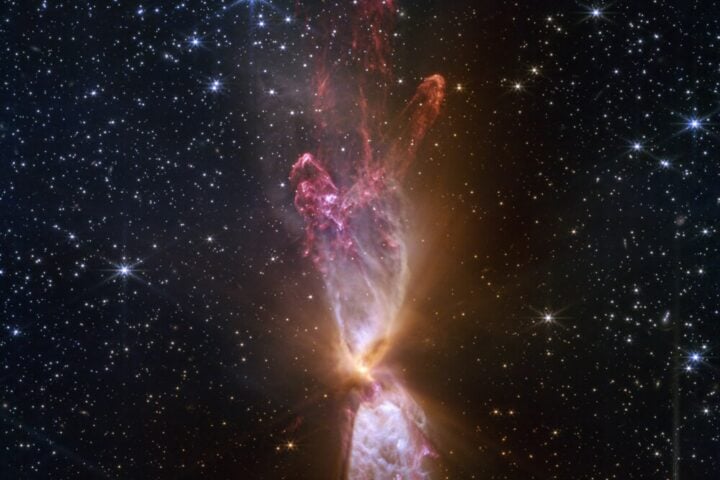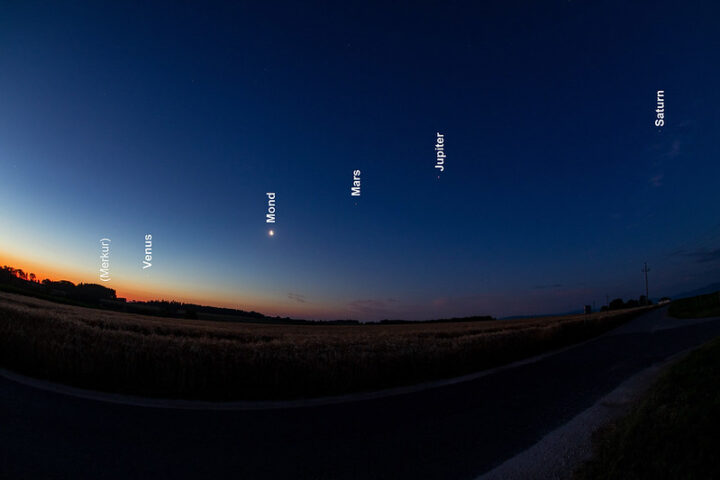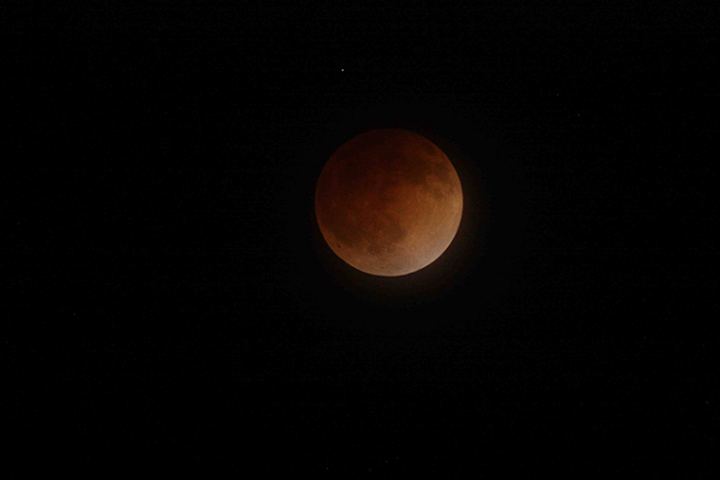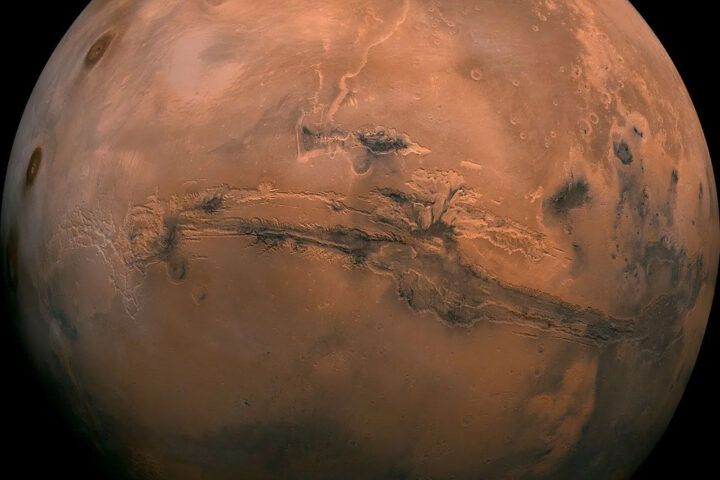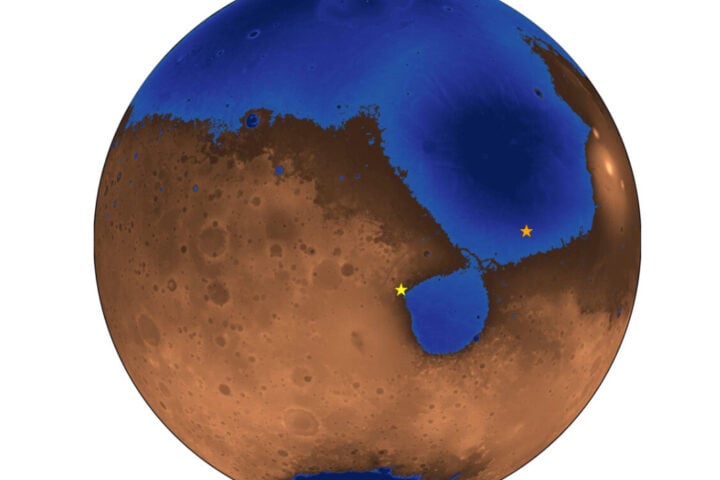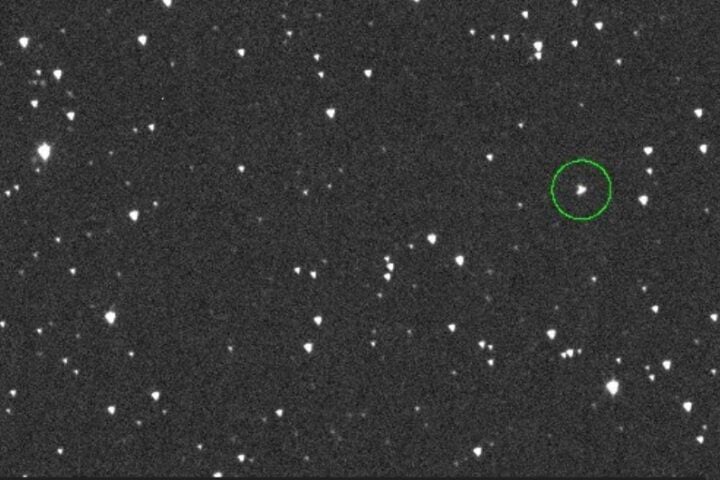In an unprecedented cosmic discovery, astronomers have identified the first-known “black hole triple” system, consisting of a central black hole orbited by two stars at vastly different distances. The groundbreaking finding, published in the journal Nature, is set to reshape our understanding of black hole formation and evolution.
The Unique Configuration of V404 Cygni
The newly discovered triple system, named V404 Cygni, is located approximately 8,000 light-years from Earth in the constellation Cygnus. At the heart of this cosmic marvel lies a black hole with a mass nine times that of our Sun, closely orbited by a small star every 6.5 days. What sets V404 Cygni apart is the presence of a second, distant star, which completes an orbit around the black hole every 70,000 years – a staggering 3,500 times farther than the distance between Earth and the Sun.
Challenging Traditional Black Hole Formation Theories
The existence of this distant companion has significant implications for our understanding of black hole formation. Traditionally, black holes are thought to form during the violent explosion of a dying star, known as a supernova. However, such an explosive birth would have likely ejected any loosely bound objects, including the distant star in V404 Cygni.
Kevin Burdge, an astrophysicist at MIT and lead author of the study, emphasizes the significance of this discovery, stating, “We think most black holes form from violent explosions of stars, but this discovery helps call that into question.”
Similar Posts
Rare Odds and Future Discoveries
The odds of the two stars moving in perfect tandem with the black hole, without being gravitationally bound, are estimated to be a mere one in 10 million. “It’s almost certainly not a coincidence or accident,” Burdge affirms. “We’re seeing two stars that are following each other because they’re attached by this weak string of gravity. So this has to be a triple system.”
The serendipitous discovery of V404 Cygni raises the tantalizing possibility that more black hole triples may be lurking in the depths of space, waiting to be uncovered. “Imagine you’re pulling a kite, and instead of a strong string, you’re pulling with a spider web,” Burdge says. “If you tugged too hard, the web would break and you’d lose the kite. Gravity is like this barely bound string that’s really weak, and if you do anything dramatic to the inner binary, you’re going to lose the outer star.”
A 4-Billion-Year-Old Cosmic Snapshot
By observing the distant star’s transition into a red giant phase, a stage that occurs near the end of a star’s life, the researchers were able to estimate the age of the V404 Cygni system at approximately 4 billion years old. This cosmic snapshot provides a rare glimpse into the ancient history of black hole formation and evolution.
As astronomers continue to explore the cosmos and unravel the mysteries of black holes, the groundbreaking discovery of V404 Cygni serves as a reminder that the universe still holds many surprises. This cosmic triple threat is set to inspire further research and deepen our understanding of these enigmatic objects that have long captivated the scientific community and the public imagination alike.
